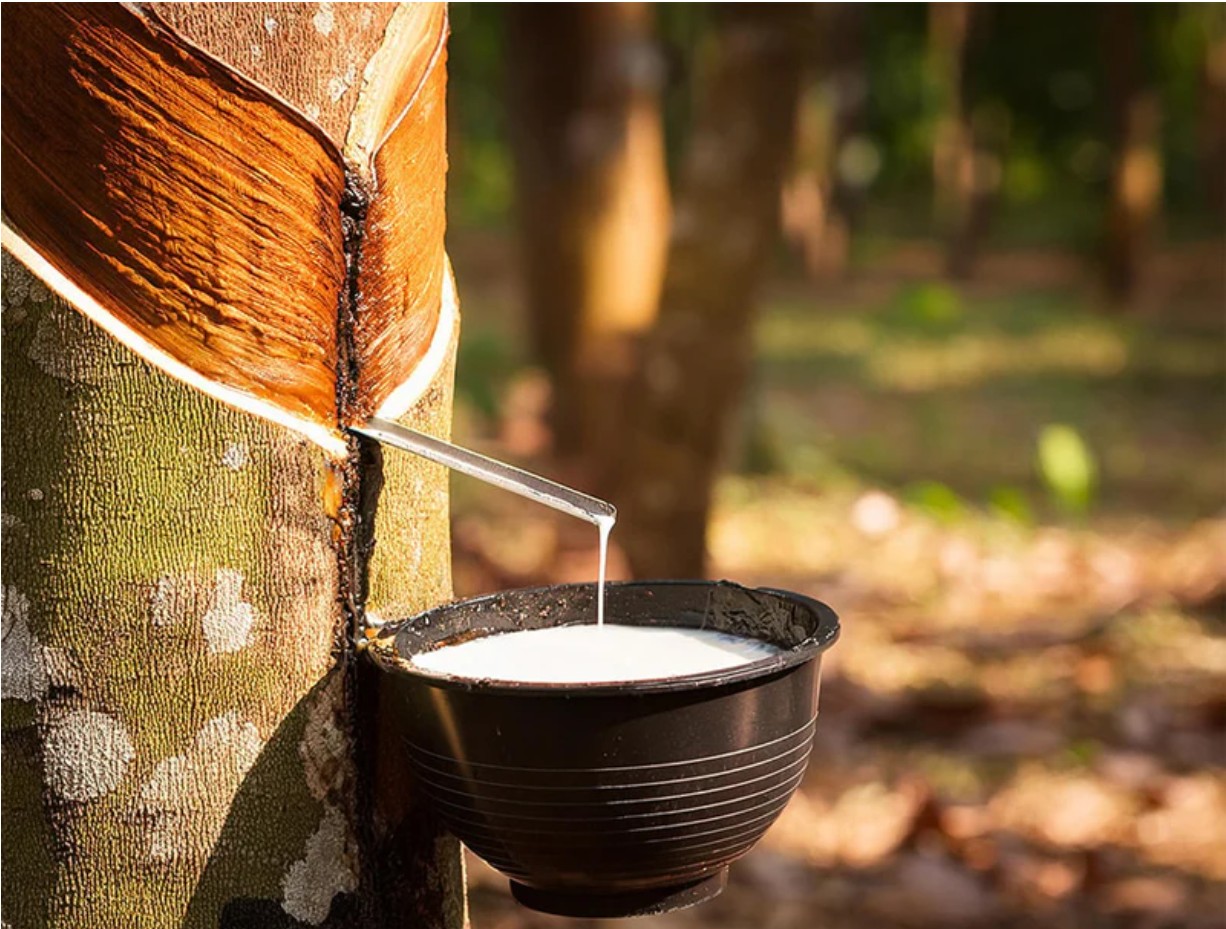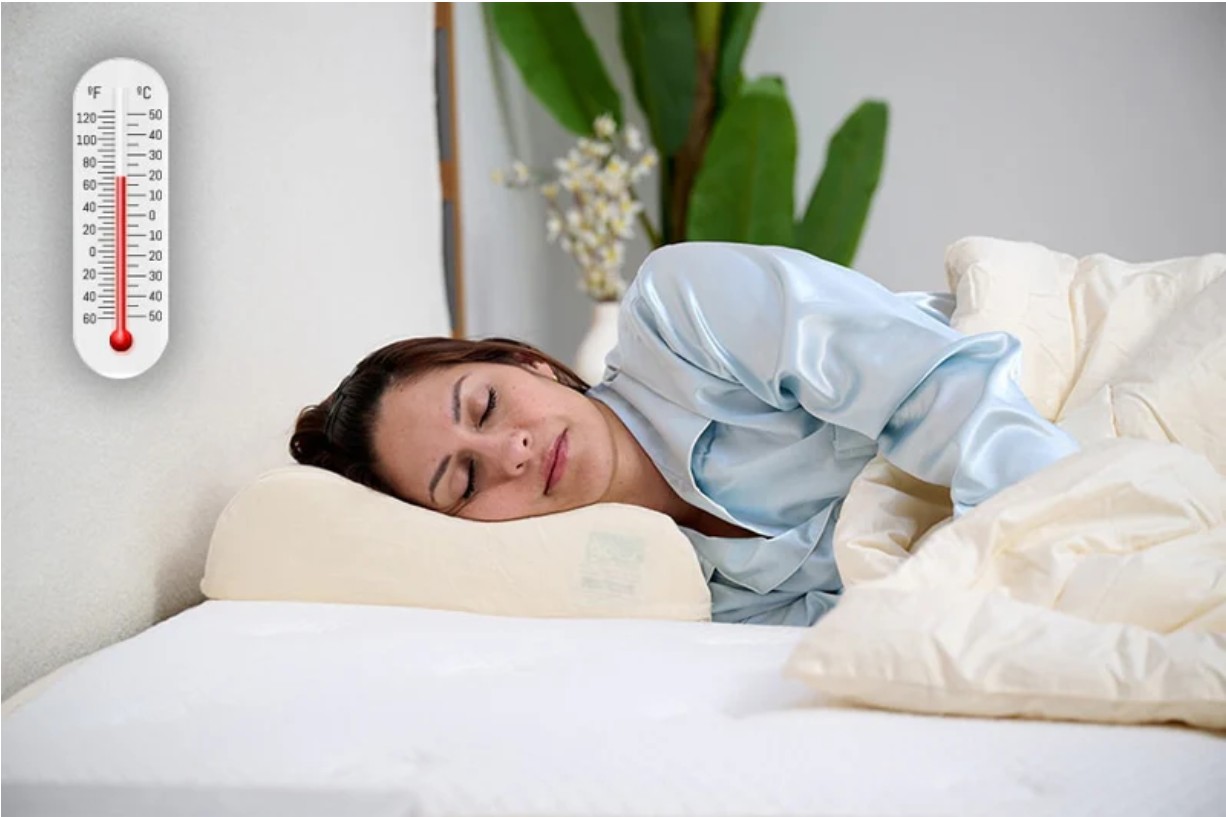Choosing the right mattress topper can significantly improve your sleep quality. Two of the most popular options are latex and memory foam mattress toppers. While both offer comfort and pressure relief, they differ in material, feel, durability, and overall performance.
In this guide, we’ll break down the key differences between latex and memory foam toppers—helping you decide which is better for your body, sleep style, and budget.
Quick Comparison Table: Latex vs. Memory Foam
| Feature | Latex Mattress Topper | Memory Foam Mattress Topper |
|---|---|---|
| Comfort | Balanced support & softness | Deep contouring & soft feel |
| Responsiveness | Fast bounce, easy to move | Slow response, body-hugging |
| Breathability | Highly breathable | Retains more heat |
| Durability | 5–7+ years | 3–5 years |
| Eco-Friendliness | Natural & biodegradable | Synthetic, may off-gas |
| Price | Higher, but longer-lasting | More affordable |
What Is a Latex Mattress Topper?
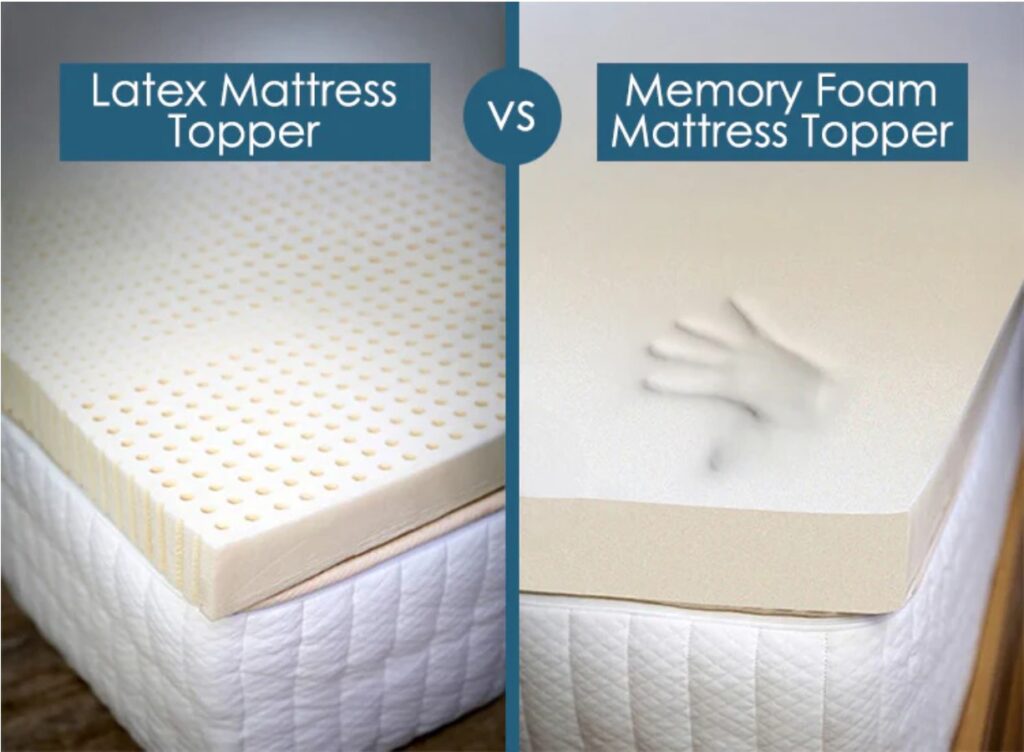
Latex toppers are made from natural rubber tree sap, processed using either the Dunlop or Talalay method. They offer a firmer, more buoyant feel than memory foam and are known for their eco-friendliness, durability, and ventilation.
Pros:
- 🌿 Natural & Eco-Friendly: Organic latex is biodegradable, chemical-free, and hypoallergenic.
- 💨 Breathable: Open-cell structure allows air to flow freely—ideal for hot sleepers.
- 💪 Responsive Support: Quick rebound helps reduce motion transfer and ease movement.
- 🛏 Long-Lasting: Resistant to sagging; holds its shape for years.
- 🧍 Supportive: Excellent for spinal alignment and back sleepers.
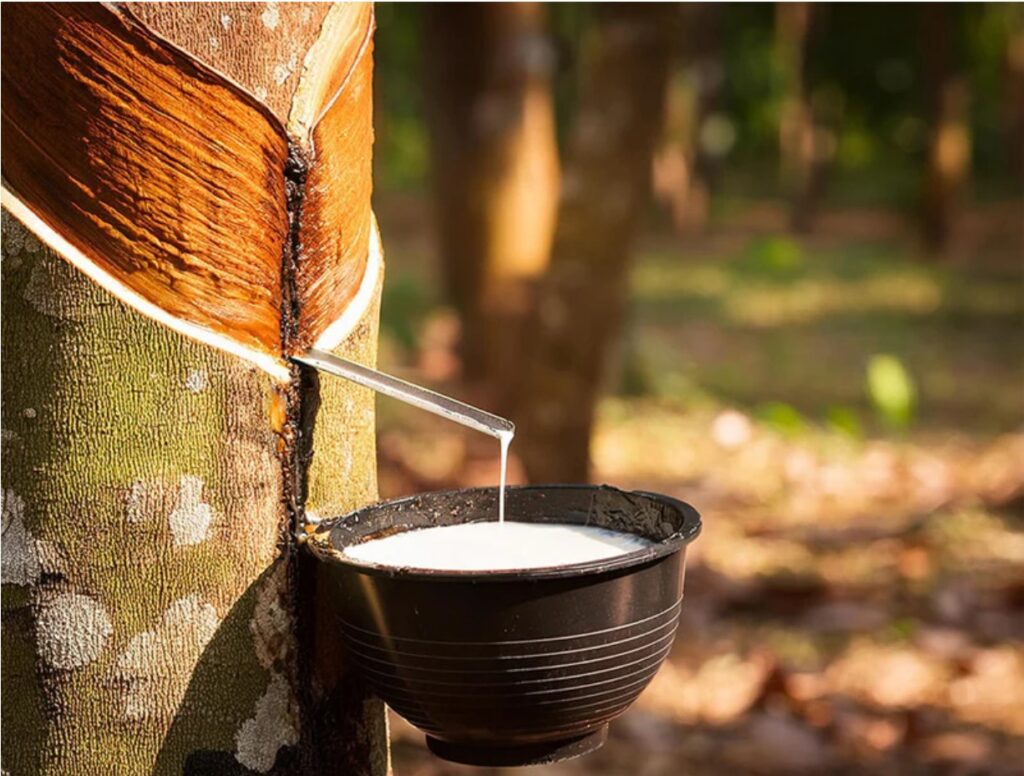
Cons:
- 💰 Higher price point.
- 🧳 Heavier and harder to move.
- ⚠️ Rare latex allergies (choose deproteinized latex for sensitive users).
What Is a Memory Foam Mattress Topper?
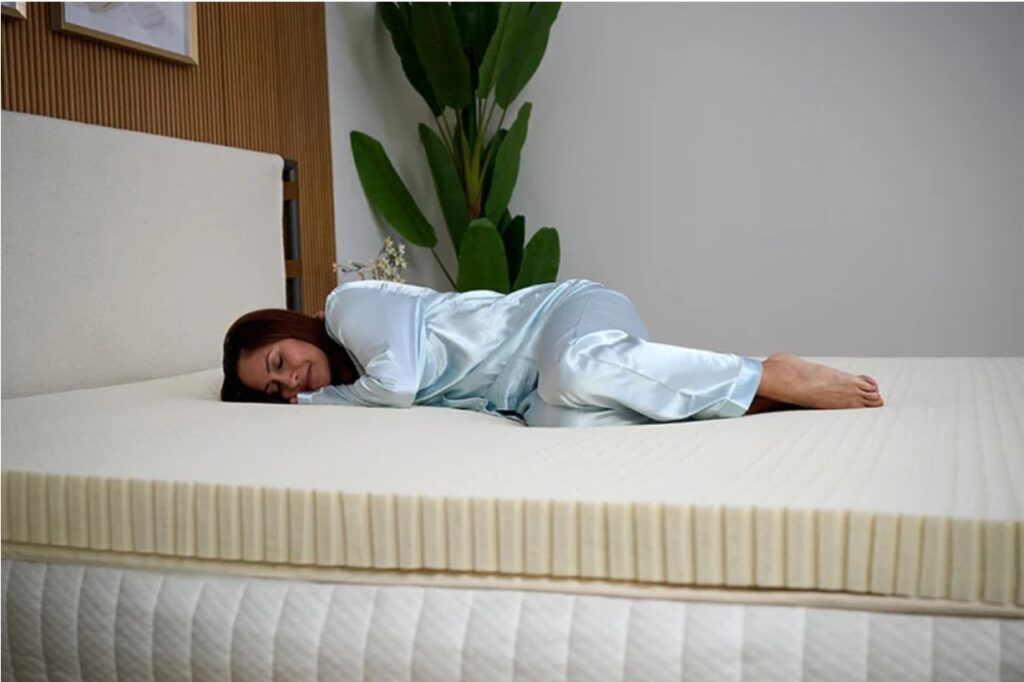
Memory foam, or viscoelastic foam, is made from polyurethane. It conforms closely to your body shape, offering a “cradling” sensation that eases pressure points.
Pros:
- 🤗 Excellent Pressure Relief: Ideal for side sleepers and those with joint pain.
- 💤 Deep Contouring: Molds to your body’s curves for a hugging sensation.
- 🔇 Motion Isolation: Great for couples—minimizes disturbance when your partner moves.
- 💸 Affordable: Offers good comfort at a lower price point.
- 🔄 Versatile: Works well on old or firm mattresses.
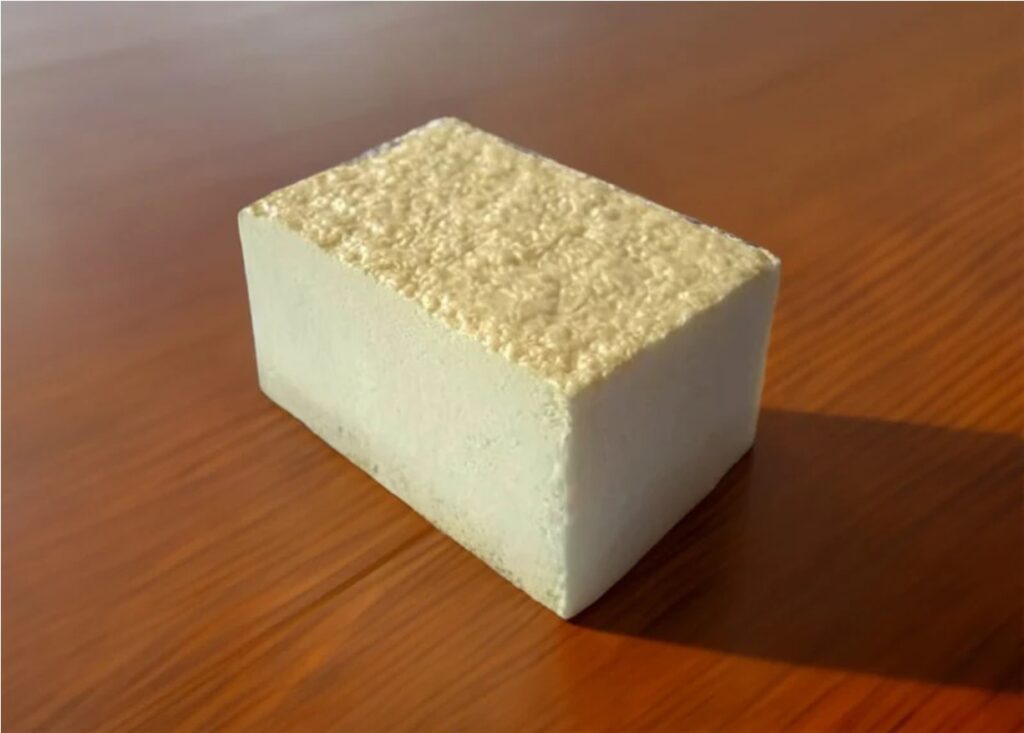
Cons:
- 🔥 Heat Retention: Traditional memory foam traps body heat.
- 🧪 Off-Gassing: New foam may emit a chemical smell (usually fades in 24–48 hrs).
- 🐢 Slow Bounce: Can make moving or turning over more difficult.
- 📉 Less Durable: May sag or indent after a few years, especially lower-density foams.
How to Choose the Right Mattress Topper
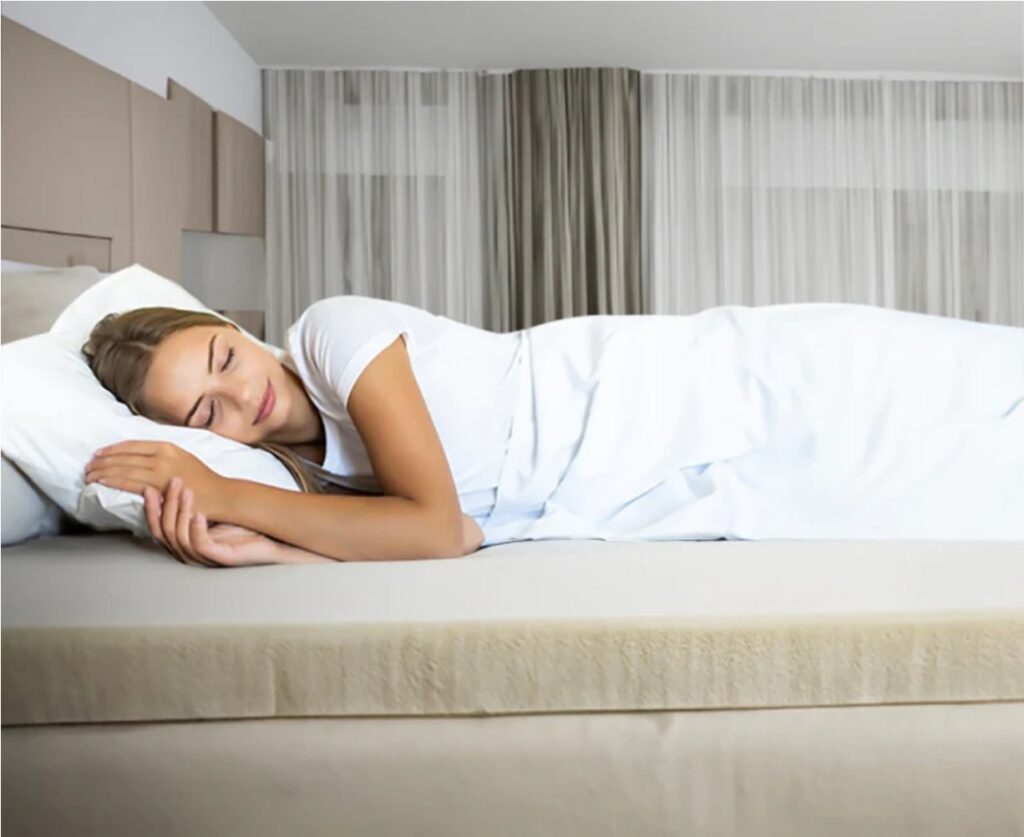
1. Your Sleeping Position & Body Weight
- Side sleepers / lighter individuals: Choose a soft memory foam or Talalay latex topper.
- Back sleepers / average weight: Medium-firm latex for support and comfort.
- Stomach sleepers / heavier individuals: Firmer Dunlop latex is ideal for spinal alignment.
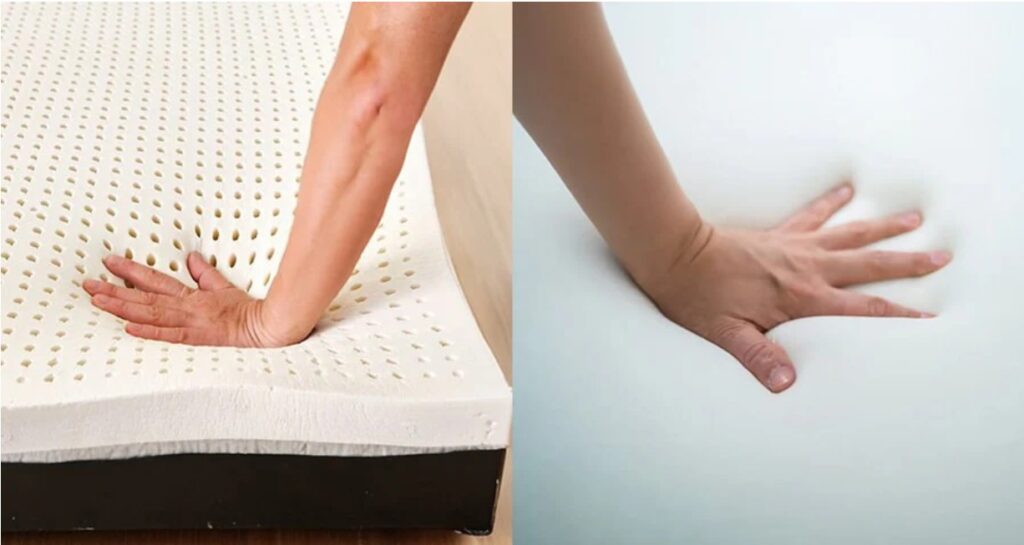
2. Heat Sensitivity
- Sleep hot? Go with latex, which naturally regulates temperature.
- Prefer a cozy feel? Memory foam offers warmth and a snug fit.
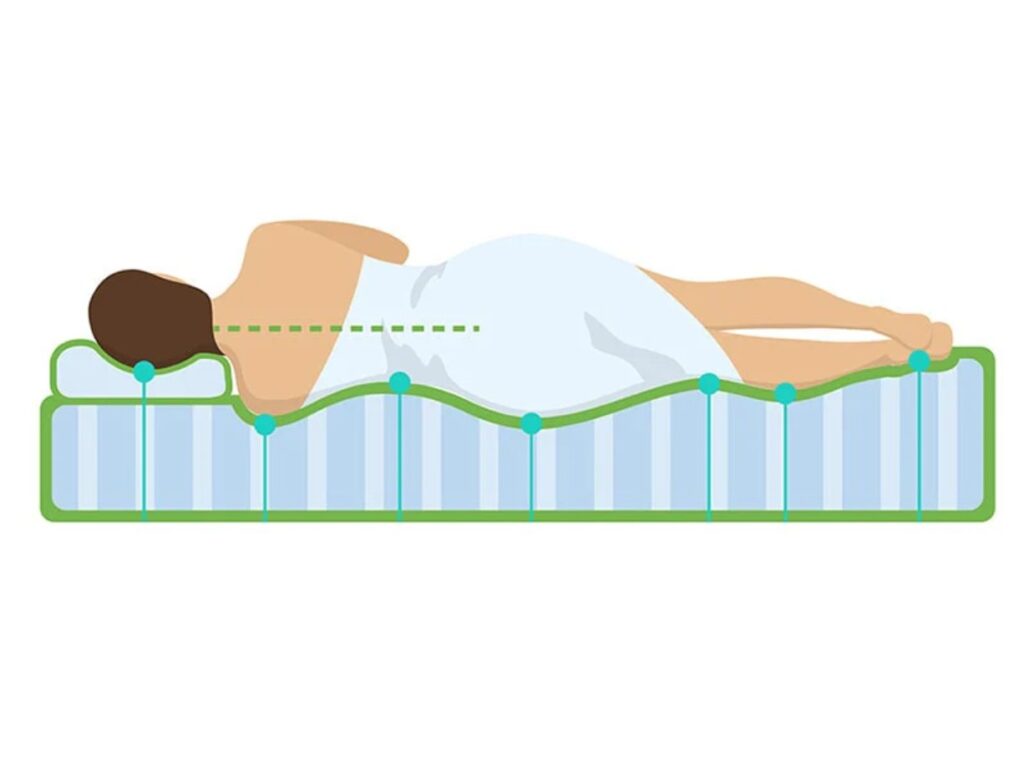
3. Budget & Longevity
- Short-term use / tight budget: Memory foam is cost-effective.
- Long-term investment / eco-conscious: Latex is more durable and sustainable.
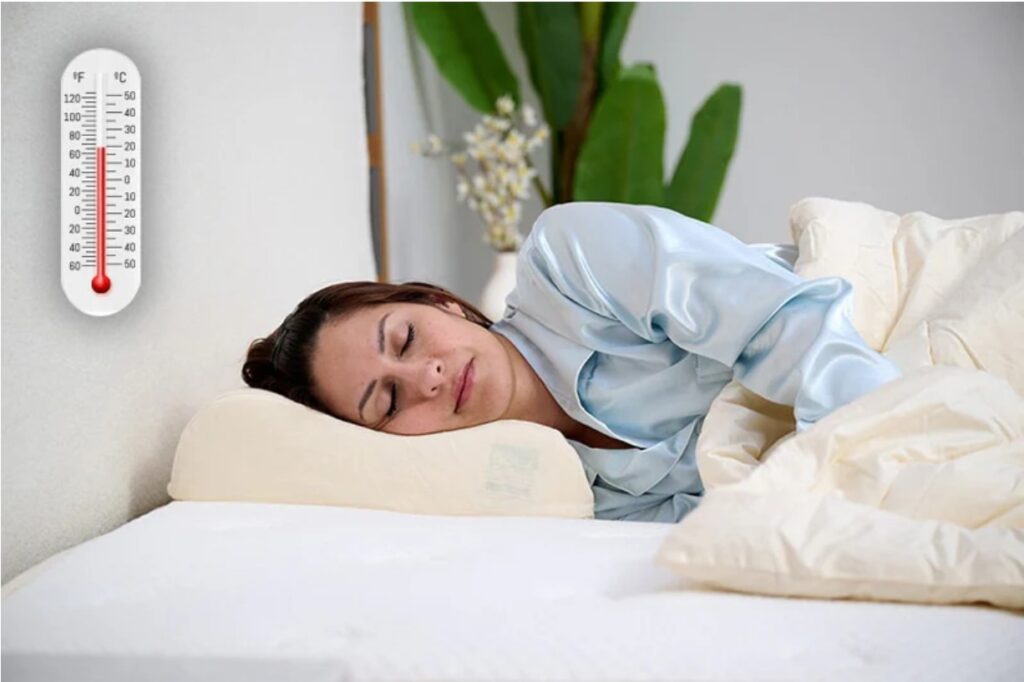
Final Verdict: Which One Wins?
There’s no one-size-fits-all answer. It depends on your preferences and priorities:
- 🟢 Choose latex if you want a cooler, bouncier, and more durable topper made from natural materials.
- 🔵 Choose memory foam if you prefer deep contouring, pressure relief, and a softer, more affordable option.
No matter which you choose, always check for certifications like GOLS, OEKO-TEX, or CertiPUR-US to ensure product safety and quality.
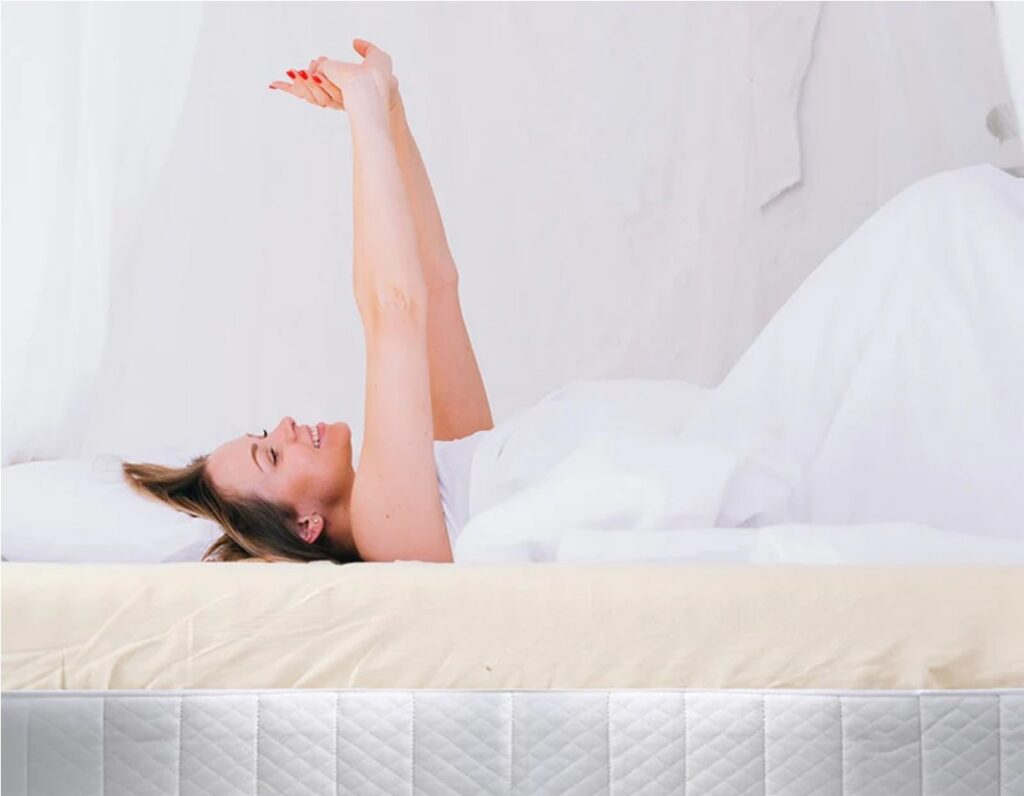
FAQs
Q1: Is latex safe for allergy sufferers?
A: Yes—natural latex is hypoallergenic and resistant to dust mites. However, those with latex allergies should look for deproteinized or synthetic blends.
Q2: Will memory foam sag over time?
A: Lower-density memory foam may sag after a few years. Look for foam with at least 3 lb/ft³ density for better durability.
Q3: What topper thickness should I choose?
A: 2–3 inches is ideal. Choose 2 inches for extra support and 3 inches for more cushioning.

